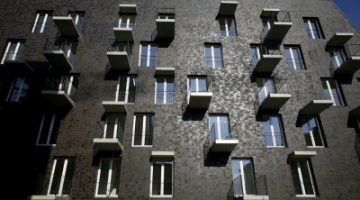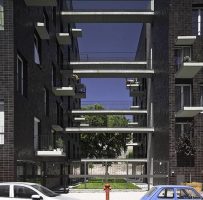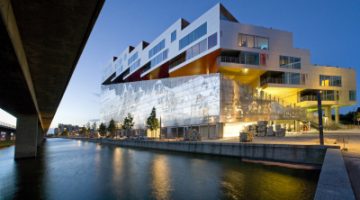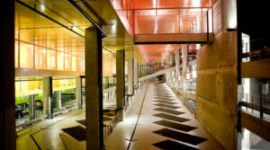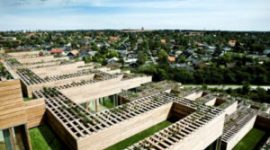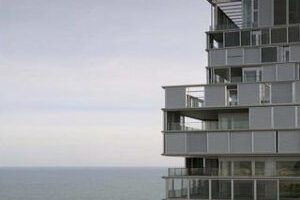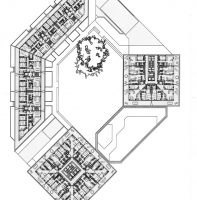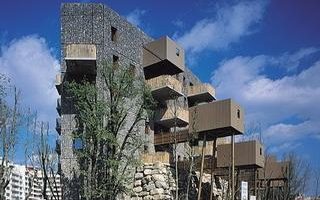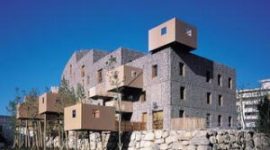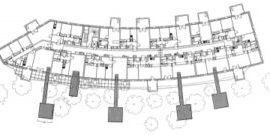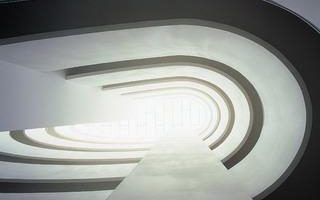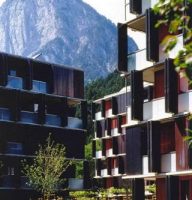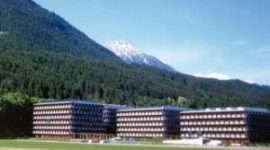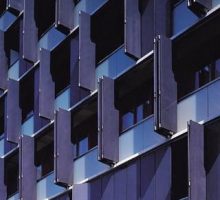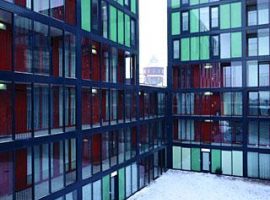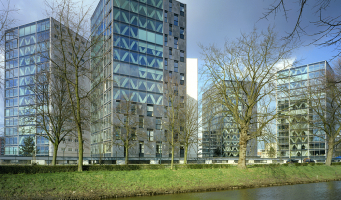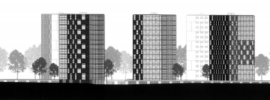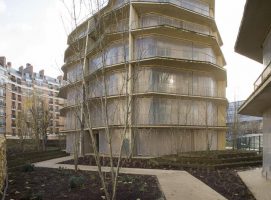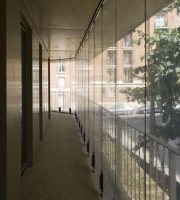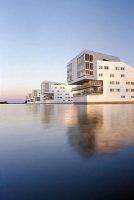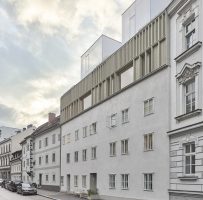

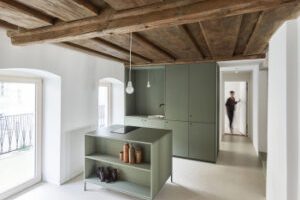
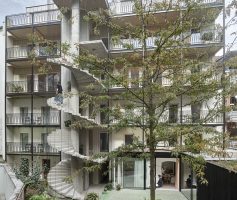
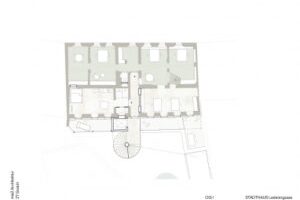
Revitalization of a Town House
Main objectives of the project
By revitalizing and adding floors to a 16th-century building, mia2 Architects demonstrate that responsible urban development can be aesthetically, socially, and economically successful. They removed the pitched roof of the artisan's house, replacing it with a new structure that respects the city's cultural memory. This courageous step of continuing the building, rather than demolishing it, improves its functionality and comfort while preserving its historical significance. The design incorporates a green space and a front element with balconies, creating a welcoming atmosphere and rejecting the anonymity of the city. Construction elements like exposed timber beams, concrete beams, and historical rubble walls add unique character to each space. The facade of Lederergasse, after thorough cleaning, reveals its solid structure, while the timber building on top showcases a rhythmic and reflective design.
Date
- 2020: Construction
Stakeholders
- Architect: peris+toral.arquitectes
Location
City: Cornellà de Llobregat
Country/Region: Barcelona, Spain
Description
In revitalising and adding further floors to the sixteen century building we wanted to show that continuing building in the city is a responsible way can be successful not just in aesthetic terms but also socially and economically. For us, this project is a passion, experiment and space for life. mia2 removed the pitched roof of the originally three storey artisan´s house, replacing it with a new building. This new structure takes up the eaves height of the adjoining 19th century corner house and is inscribed precisely within the maximum contours for the roof space permitted by the building authorities. Upon taking a closer look what could, conceivably, sound like yet another repetition of an all-too familiar procedure, i. e. “investor maximises usable floor area“ turns out to be a courageous step and one that is far too seldom taken – given the desolate state and the oppressively low ceiling heights of the existing building, few clients wouldn`t have thought twice about demolition in order to build the maximum permitted volume.
A city is, not least of all, a memory in built form. mia2 show respect for the everyday culture of the past. With this revitalisation they prove that it is possible to raise a building´s cultural level while also improving its functionality and level of comfort.
By continuing this building, they demonstrate belief in the future of the city as a form of settlement that, in order to remain successful, has always had to combine flexibility with meeting the most elemental human needs. While this green space is not that large and it plays a significant role in the concept. A front element with balconies extends along the entire south front of the building. Next to the lift shaft a new spiral stairs as a continuation of the historic central corridor winds upwards, enriching the courtyard with an element of movement. It is like a greeting, a wave, also to the residents of the surrounding buildings: the often-invoked anonymity of the city is not cultivated here.
Construction elements such as the timber beams of the existing building that were stripped from hideous layer, or the concrete beams above the wide window openings in the new building are exposed. Historical rubble walls, clay obtained during the ground floor excavation work and used to make a rammed earth wall, the specially developed precast concrete elements for the new staircase or the green polycarbonate grilles of the balcony slabs make each space something special. In comparison the front of Lederergasse appears severe. After a thorough cleaning of its facade the old building now shows again what it is: a solidly built structure with a rendered, hole-in-the wall facade. In the timber building on top of it mia2 Architektur developed this motif further: from a vertically articulated front with openings to a rhythmically structured envelope, which, through the gently reflective volumes of the two dormers, seems to dissolve in the light of the sky.

